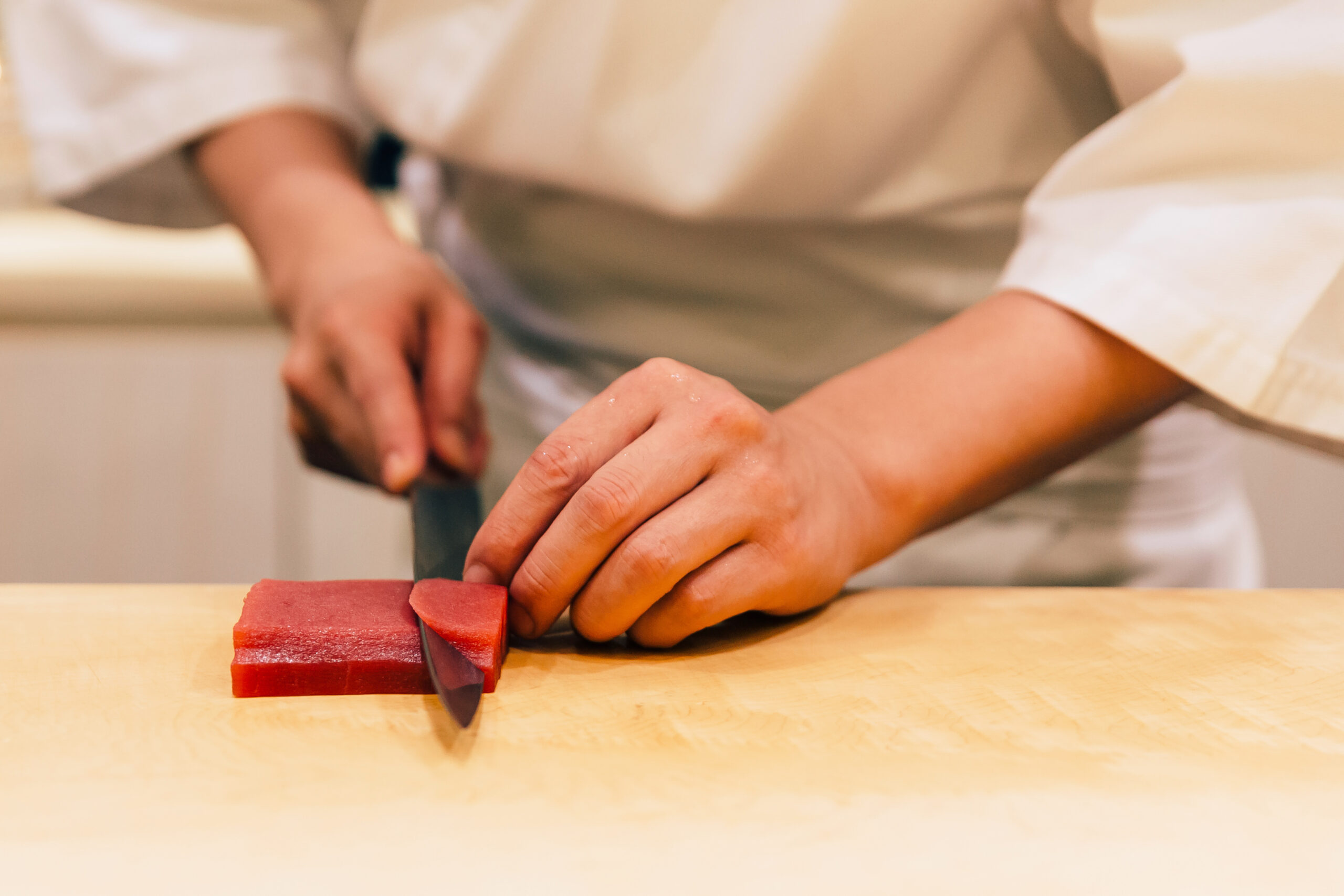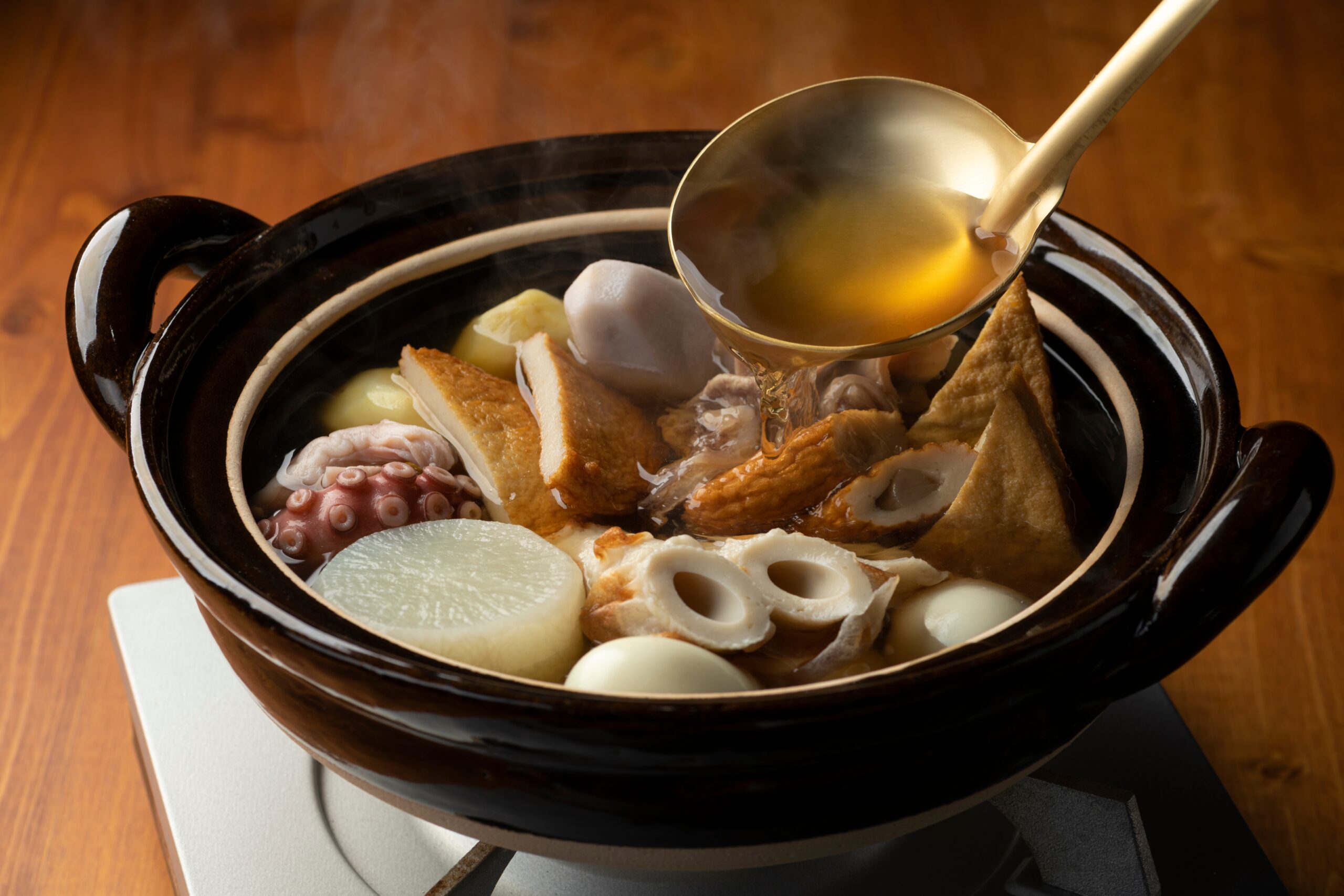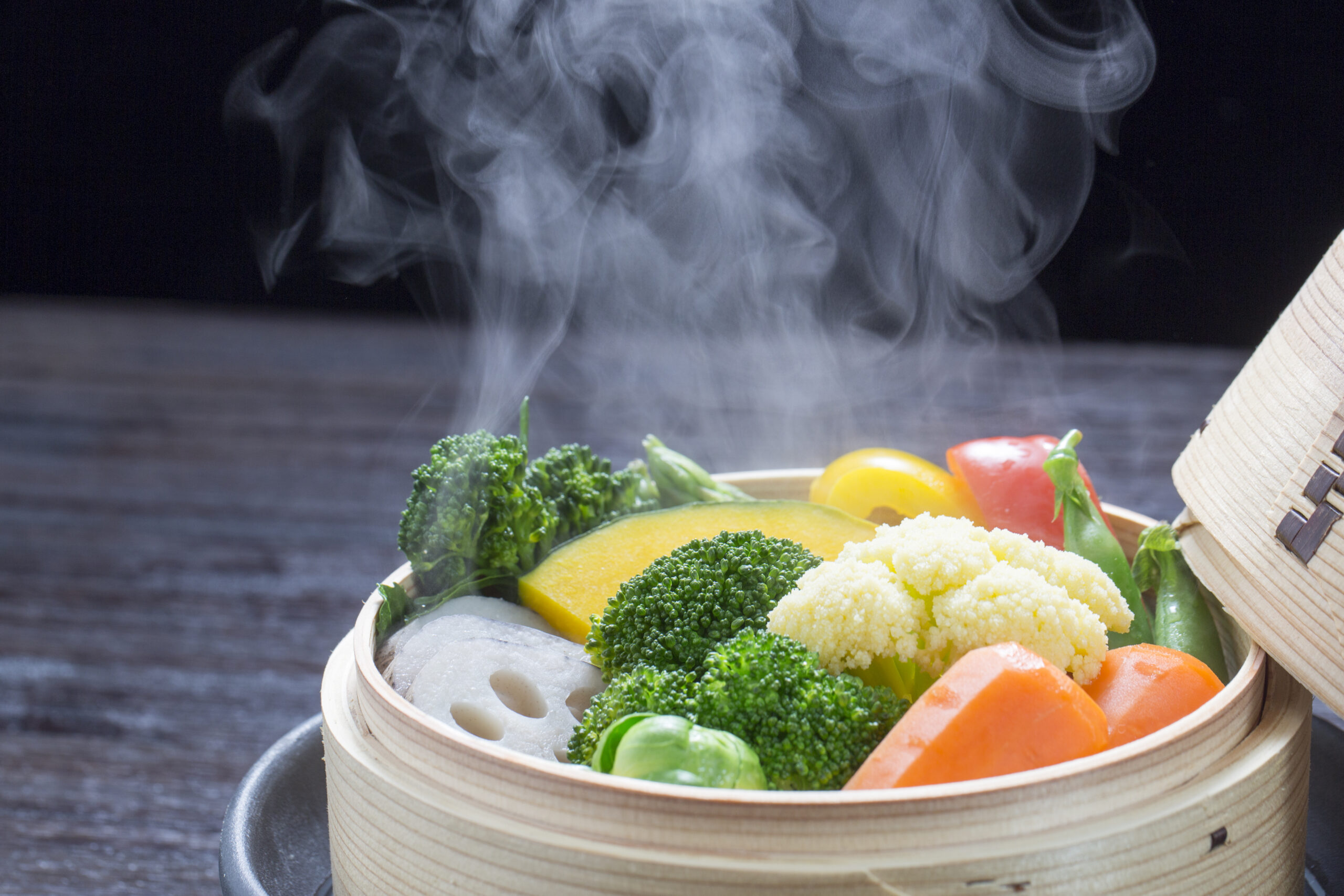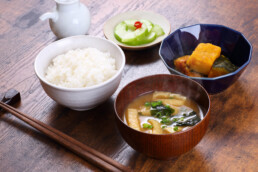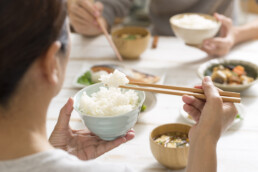We chose five colours to represent the campaign as five is an important number and a crucial part of Japanese cuisine preparation.
“Washoku” (which would be almost the same as Japanese dietary, Japanese cuisine and Japanese food), registered as a UNESCO Intangible Cultural Heritage in December 2013, values the concepts of five tastes, five senses, five colours, and five methods in the process of cooking. It is believed that these concepts are based on the Chinese theory of “Yin-Yang” and “the Five Elements”, which were uniquely adapted and established in Japan. It would be similar to the concept of Five Elements in Ayurveda.
Let’s learn about the Five Methods? Go-Ho cooking
Five basic cooking methods are also known as the “Five methods (Go-Ho)”.
In other words, Go-Ho is the cooking method followed in Japanese cuisine which includes cutting, simmering, grilling & frying, steaming and, deep fry.
Similarly, Indian cuisine also follows a basic style of cooking which includes Tadka Or Baghar (Tempering), Dum (Steaming), Bhunao (Sautéing), Dhuanaar (Smoking), Talina Or Talna (Deep-Frying) and Tandoori (Roasting/Baking). You must have used these styles of cooking at your home and enjoyed the exotic tastes.
In Japanese cuisine, the use of seasonal ingredients and the natural flavours of those ingredients have led to the development of the Five Laws of Cooking. These practices are the essence of Japanese food culture which makes the Japanese cuisine unique.
In “Kaiseki Ryori,” a traditional Japanese course meal, dishes are prepared using these methods and are served in a sequence.
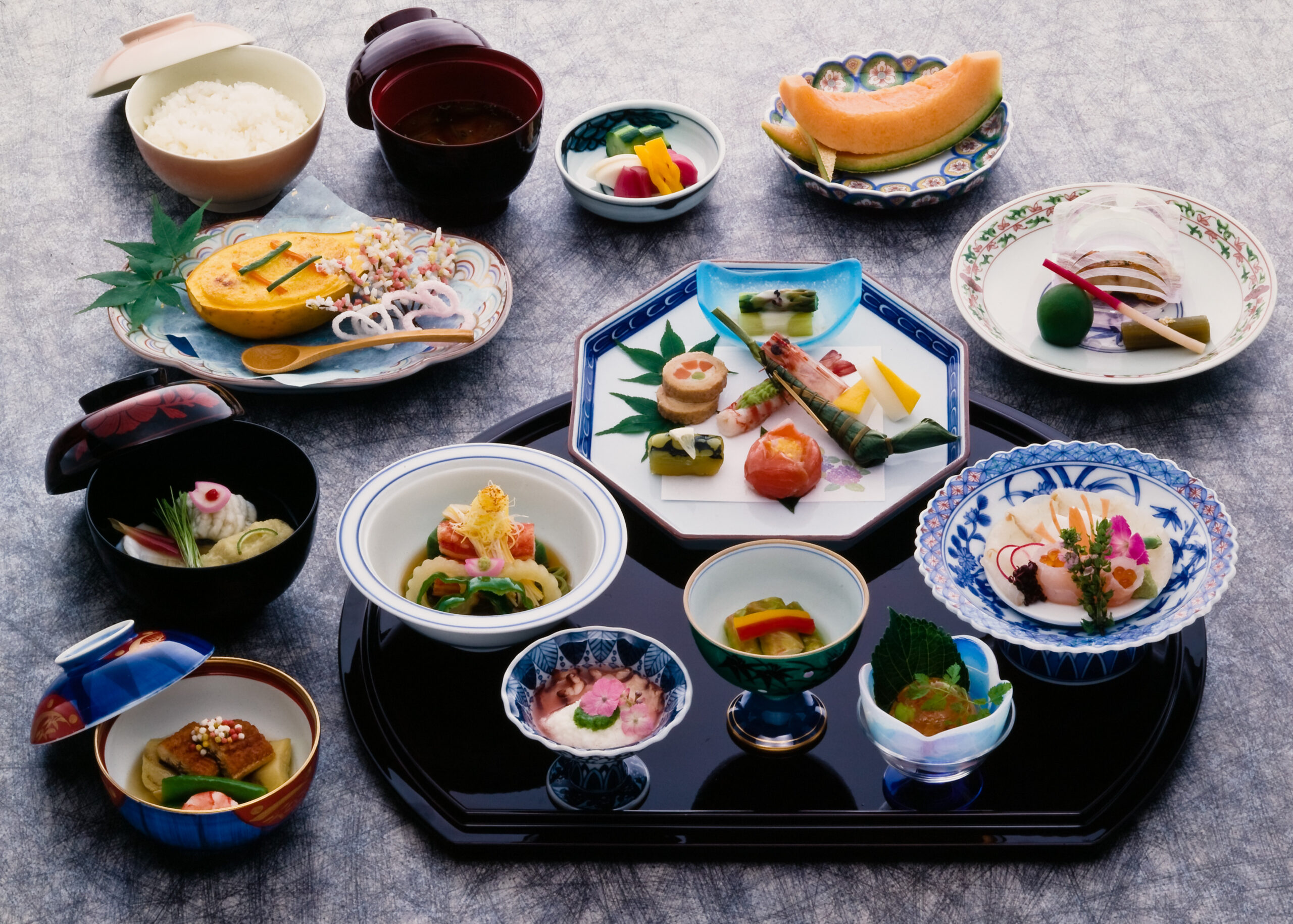
It’s time to learn about the five cooking methods: cutting, simmering, grilling, steaming, and frying.
Cutting
Cutting is a cooking method that is especially important in Japanese cuisine. This represents the characteristic of Japanese cuisine, where many ingredients are eaten raw, such as sashimi. Therefore, skilled knife work is required to prepare sashimi. It is also necessary for the presentation of “design cutting,” which is used to cut vegetables and other ingredients into various shapes to add a sense of seasonality and flavour to a dish. To acquire these cutting skills, Japanese chefs attend culinary schools and undergo rigorous training.
Simmering
When the food is heated in broth, water or seasoning solution, it is called “simmering”. It makes the food easier to eat. Additionally, it helps the food soften for easier digestion and allows the flavours to soak completely into the food. Do you also simmer any food items before cooking for a better flavour and taste?
Grilling & Frying
This is a very common method of cooking in which food is heated by placing it directly over a flame. Another way of grilling & frying is by using oil in a pot or pan and heating the food indirectly. You must have tried the famous tandoori chicken and many other tandoori items in India.

Steaming
Steaming is a method in which water vapour is circulated in a container to heat food. In Japanese cuisine, steaming is a very common cooking method. It is especially popular among health-conscious women because it removes excess oil from meat and fish.
Deep Frying
Deep frying method of cooking food uses fats and oils as a medium. In order to deep fry, the heating temperature must be 140°C to 210°C, which allows rapid heating of food in a short time without losing the flavour of the food. It might have reminded you of “garam pakode”.

In Japan, not only Kaiseki Cuisine but also home cooking uses seasonal ingredients and the above five cooking methods to bring out the best of the ingredients.
Japanese cuisine, which values the freshness of the ingredients themselves, places the highest value on the flavour of the raw state, and then infuses the ingredients with vitality through cooking methods that use flames, such as grilling, boiling, steaming, and frying. It may be said that the wisdom of Japanese cuisine is condensed in the “Go-Ho”.
If you want to know more about Japanese culture you can check Our Differences.


